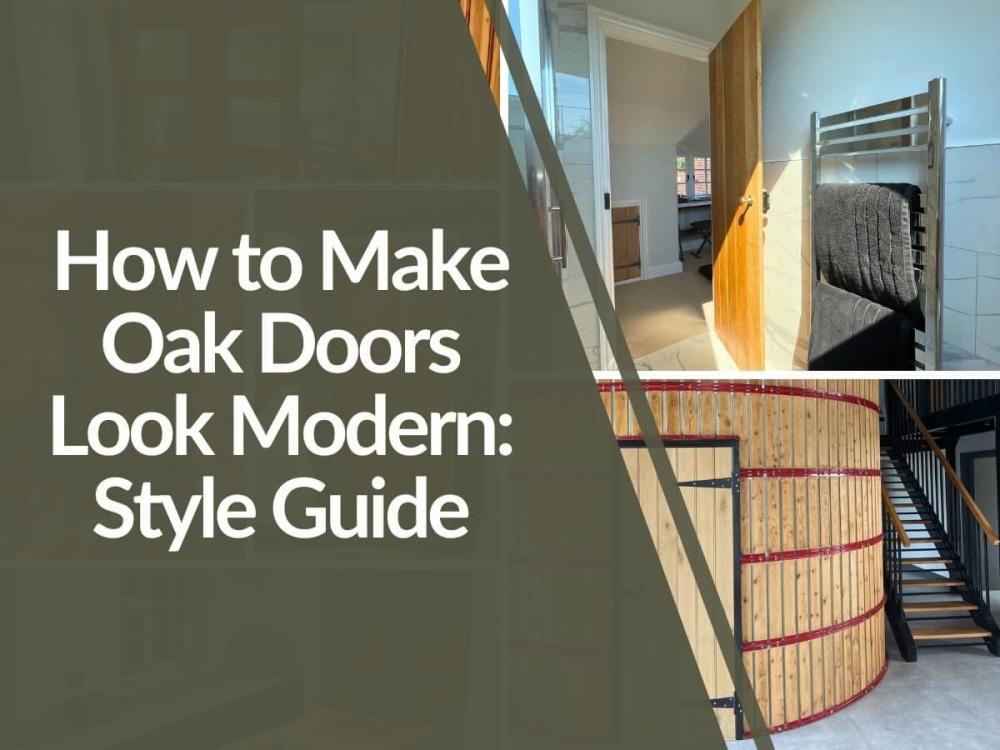How to Fit a Suffolk Latch
The Suffolk Latch is a simple drop-down bar and latch that is an ideal solution for door latching in period properties. You can purchase simple, square latches or more ornate period ones. Whatever kind of latch you choose, it should be stylish, clean looking and allow the door to be opened from both sides, although it is important to note that because of the positioning of the latch, the door will swing open only one way.
Tools Needed
To fit the latch, you will need:
- A Thumb latch with a bar
- The latch bar
- A keep
- Staple
- Slotted screws
- Tap measure
- Screwdriver
- Pencil
- Drill
Step By Step Instructions
- Begin by marking out where you want the latch to sit on the door. The latch should be positioned so that it is comfortable for you, and others who will be using the door, to operate it. If you have more than one door on the same wall, try to have all of the hinges and latches at the same level to retain symmetry in the room. Draw a pencil line 50mm from the edge of the door, then a horizontal line intersecting that at the point where you want the thumb part of your latch to go. Draw another line 30mm above the first line. These mark out the slot that you want to make.
- Using either a router, or a drill with a 10mm bit, create a slot for the handle and bar. Work slowly and carefully so that you don’t end up with splinters or breakouts.
- Once you have an appropriately sized slot, you can fit the handle and bar. Pass the bar through the slot first, then lower the handle so that the bar sits at the bottom of the slot. When you view the door from the side the bar should be sitting at 90 degrees to the door. When you are happy with the position, mark the holes with a pencil and remove the handle and then make the screw holes.
- After this, it’s time to fit the latch bar and the staple. Lay the latch bar first, so that it is horizontal to the floor. Mark out the screw holes with your pencil, then start the screw holes and screw the latch bar into place. Fully tighten the screw, then back it off slightly so that there is a small amount of movement, but the bar is not too loose.
- For a truly authentic look, you would hammer the staple through the wood, and then bend the spikes over o the other side. However, this is not something that works on all modern doors. If you don’t have a thick ledge or brace to hammer through, you may want to use a screw on staple instead.
- After you have fitted the staple, the next job is to fit the keep. The keep must be positioned correctly so that when you shut the door the lever falls soundly into it. To position the keep correctly, close the door and note where the latch bar rests against the surround. Draw a line underneath the latch bar. This is where you want the inside of the keep to sit. Drill a small hole under the line at the point where you want the keep to sit, then knock the keep into the frame. If you do this carefully and gently you can adjust the keep up and down as well as left and right as you work. Once you are completely happy with the position, you can secure the keep into place.
- Test your Suffolk Latch – if all has gone well it should make open easily, and a satisfying thunk as the latch falls into place when you shut the door.
Some Final Tips
- Ideally, if you are aiming for the period look you should choose an arrow or penny end T-hinge. The hinge should cover at least half of the door width, if not more. There are other designs, but these look the best, and are quite sturdy too.
- The best way to start screw holes, if you are screwing into hard wood, is to use a standard pozi-drive screwdriver to make an indentation into the wood.









